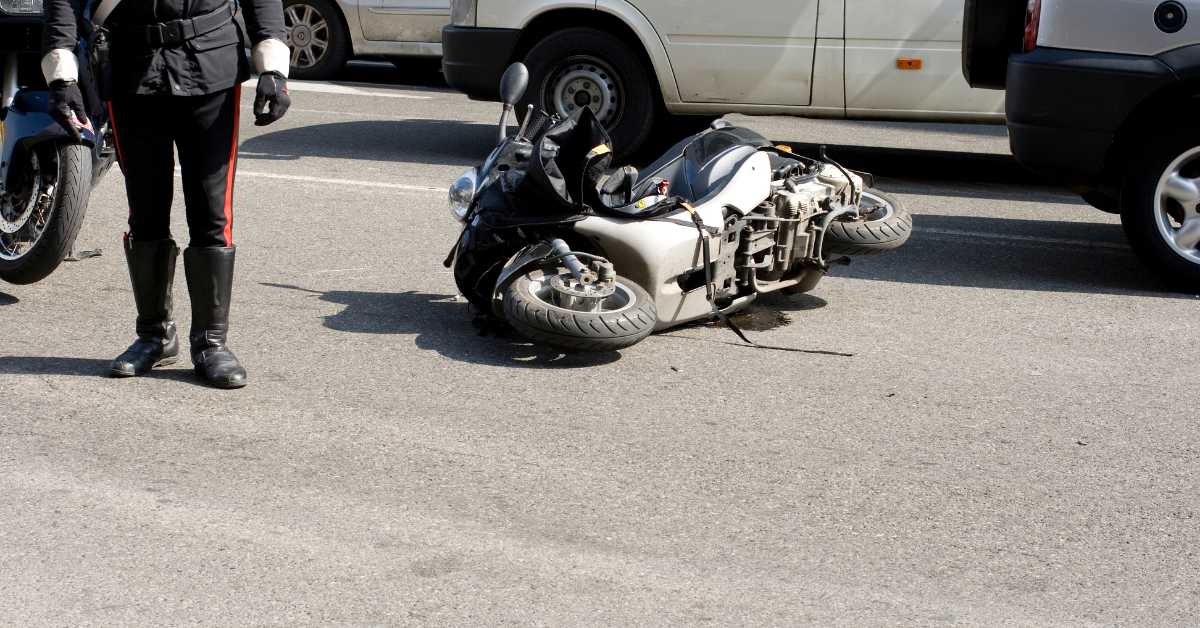
Motorcycling is a passion for some people and many enjoy riding together in groups just for the journey, rather than traveling to reach a destination. Unfortunately, motorcycling can be a dangerous hobby. The National Highway Traffic Safety Administration (NHTSA) reports that four out of every five motorcycle accidents result in a serious injury or death.
When motorcycling in a group, preparation and communication are essential for a successful, enjoyable ride.
Here are ten tips to ensure a fun and safe group ride.
1. Prepare Via a Pre-Ride Meeting
All riders need to be on the same page and a pre-ride meeting can ensure that. Start by going over your route, what the destination is, and what (if any) stopping points you have along the way. There should be no confusion among the drivers, since that could lead to problems on the road. Providing the address of the destination is also helpful, so riders can plug it into a GPS app on their phone in case they get separated from the group. Also, discussing how tolls will be handled if there are any that need to be paid on the route can prove to be helpful. In addition, at least one rider should carry a first-aid kit and a tool kit.
2. Follow the Leader
In your pre-ride meeting, designate a leader. This person should be an experienced rider and needs to know the limitations of the group so that he or she can set a safe pace and not perform any maneuvers that may be over the skill level of some riders. The leader also needs to relay hand signals to the rest.
3. Assign a Tail Rider
The tail (or sweep) rider is the last rider in the group. This person should also be one of the more experienced riders in your group. They can keep an eye on the entire pack in front of them, giving them a chance to help riders who get stuck or separated in traffic to safely catch up to the rest of the group.
4. Gear Up
Safety is paramount. Wear a full-face helmet, long pants and sleeves made of a thick, protective material (like leather), eye protection, and boots that cover your ankles. Add reflective pieces to your gear and bike, and always use your headlight (even during the day) so you give yourself the best chance to be seen by other motorists.
5. Stay Together
Now it’s time to hit the road! The leader will want to be sure to minimize the possibility of the group getting separated. This is especially important at traffic lights. If a light is about to turn red, slow down and stop at the light (if it is safe to do so) to keep your group together. If you’re the leader and you notice a light change just as you’re passing through the intersection, try to find a safe space to stop on the side of the road to wait for the rest of the pack to get the green light and catch up with you.
6. Ride in a Staggered Formation
You’ll want to be sure to ride in a staggered formation in order to keep a safe distance between you and your fellow riders. Staggered means the leader should be on the left side of the lane. The next rider should be behind the leader but on the right side of the lane. The next rider should be behind the second bike but back on the left side of the lane, and so on.
7. Keep a Safe Distance
The staggered formation helps with this point. But you’ll also want to keep a safe distance from vehicles ahead of the pack. Staying two seconds behind any vehicle or a fellow rider is a good rule of thumb.
8. Passing Vehicles
Riders should pass other vehicles one at a time. All motorcycles in the group should maintain their staggered position in case a situation occurs where the passing lane gets congested when only half of the group is able to make the pass. If this happens, the leader should keep the rest of the group behind him or her in the right lane until all members can safely make the pass.
9. Take Breaks
Find out how comfortable your most inexperienced rider in the pack is, and then determine when and where to take breaks. It’s important not to pressure a new rider out of their comfort zone. The most novice rider should also be placed in the middle of the pack. This way, they can follow veteran riders in front of them with confidence, and they also won’t have to worry about aggressive drivers or other potential pitfalls that the tail rider may have to deal with.
10. Don’t Succumb to Peer Pressure
If you are a novice motorcyclist and you feel that the ride is above your skill level, or you otherwise feel uncomfortable, safely leave the group. Signal to the tail rider that you’re pulling off. Since you will have the destination loaded into your phone, you can always meet the rest of the group there at your own pace. Thanks to the convenience of cell phones, the rest of the group won’t have to worry that you are lost or can’t find your way back home.
Unfortunately, even the safest motorcyclist can be the victim of an accident thanks to a driver who isn’t paying attention. Most studies find that 60 percent of multi-vehicle accidents involving motorcycles are the fault of the driver in a car or truck.
If you have been injured or a loved one has died in a motorcycle accident, contact us for a free consultation. The attorneys at Stewart & Stewart are experienced in motorcycle accidents in Indiana and know what it takes to get clients the compensation they deserve. Give us a call at 1-800-33-33-LAW or visit our website today.
